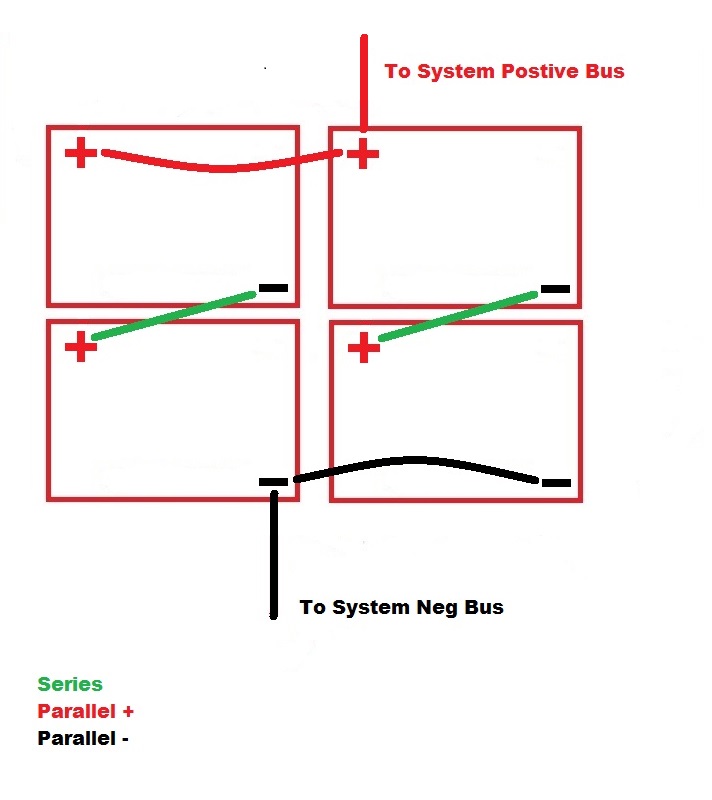Joseph_Grey
Well-known member
- Joined
- Jan 11, 2017
- Messages
- 72
- Reaction score
- 0
We have been having some pretty cold days over the last week and I have been burning quite a bit of propane keeping the van warm. The other evening while changing propane tanks though I noticed something odd about my batteries. The two batteries on the drivers side appear frost free while the two on the other size seem frosted from the water level down. The two sides *should* really be equal butI realizer there could be a ton of environmental factors that could be causing a slight temperature difference from side to side. Even at eight below if the drivers side was parked in the sun, it might be a little warmer. If my insulation isn't quite as good on that side, I could be leaking warm air into that space from the interior of the van, etc. But I am concerned maybe the batteries are not getting charged as well on that side and I am getting some freeze-up.
Should I be worried about this difference?
--jg
Should I be worried about this difference?
--jg







